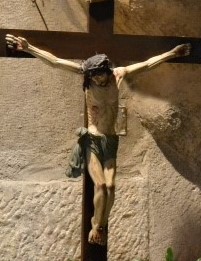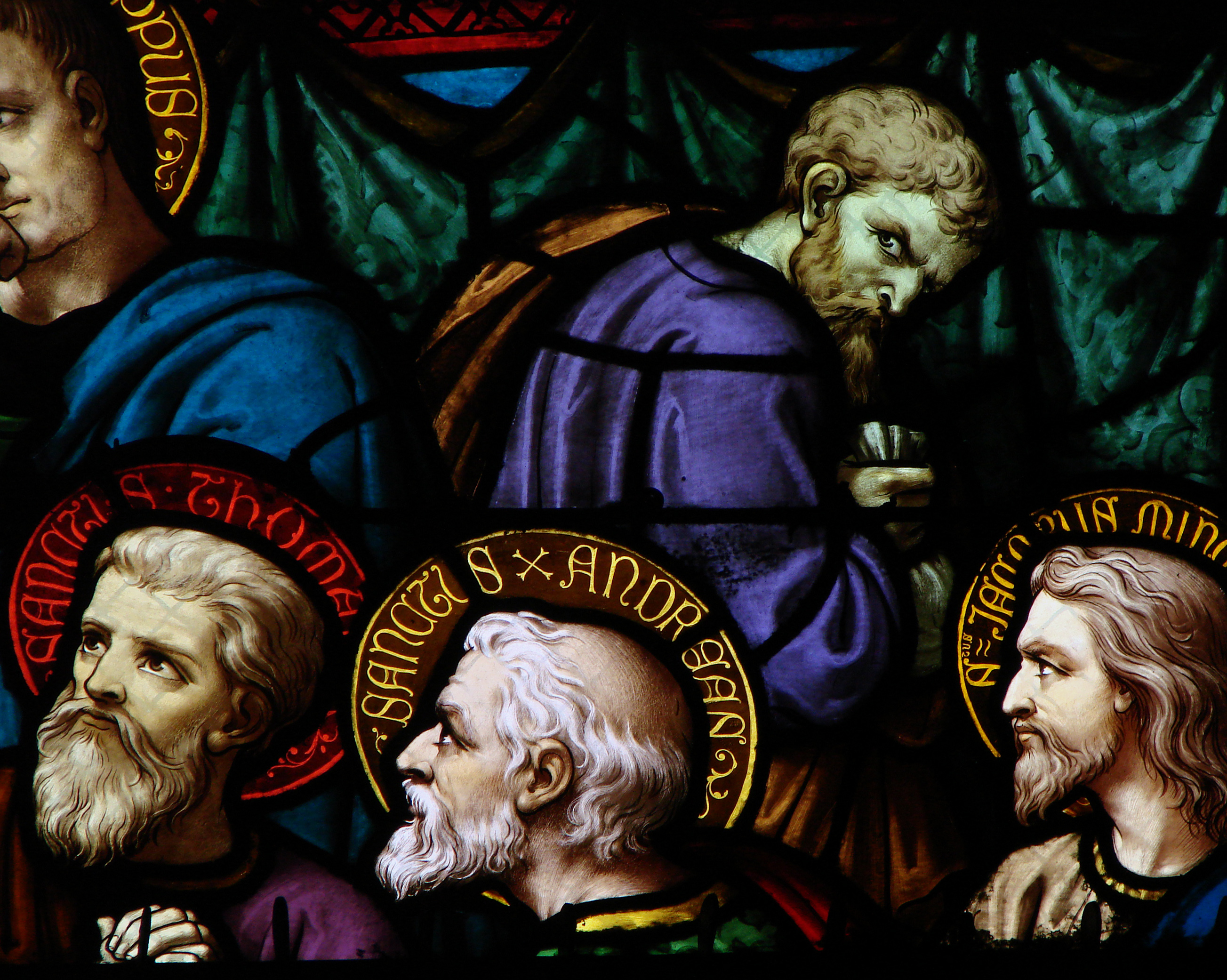Recently, I read yet another online article criticizing Catholics (and presumably Orthodox and high-church Protestants) for their crucifixes: portraying the body (corpus) of Jesus on the cross, rather than an empty cross. The argument was the same as usual--don't Catholics know Jesus rose from the grave, they're worshiping statues, etc., etc.
Personally, I first encountered this opposition when I hung a crucifix (with corpus) in my evangelical Anglican seminary study room, and one colleague apparently felt compelled to comment. As these occasions recur, though, it seems to be having the opposite of the intended effect: I am finding myself increasingly grateful for the multitude of images of Jesus crucified one finds throughout the Catholic Church.
Of course, those who are knowledgeable about Catholicism don't level these sorts of accusations, as they are obviously misguided (not to mention condescending). In short, yes, Catholics are very aware that Jesus rose from the dead. Just a few points:
- The highest, grandest liturgy of the year is the Easter Vigil, which ushers in the celebration of the Resurrection each year.
- The Easter season lasts 50 full days--the longest season of the liturgical year (outside of Ordinary Time)--until Pentecost.
- Every Sunday, which is a "mini-celebration" of the Resurrection, Catholics are required to go to Mass, on pain of mortal sin.
More to the point, Saint Paul tells us in Romans 5:8 that God proves his love for us in this: that while we were yet sinners, that is when Christ died for us. Jesus scourged, torn, bleeding, dying in agony--that is God's proof of his love.
Good Friday is insignificant and pitifully tragic without Easter Sunday. But Easter Sunday without Good Friday is much more dangerous. It has no hope of revealing to us the true nature of the compassion, mercy, love, or glory of God. It is merely a display of power without promise.
If we would know God's love, we must meditate on the cross...but not the empty cross. The cross occupied by the Son of God--innocent, yet condemned; God, yet dying--bleeding out salvation for the world. When we do that, wondrous things happen: the humility of God the Son becomes all the more captivating, our sin becomes all the more ugly, and only then does the Resurrection, all the more victorious, become truly for our sake.









